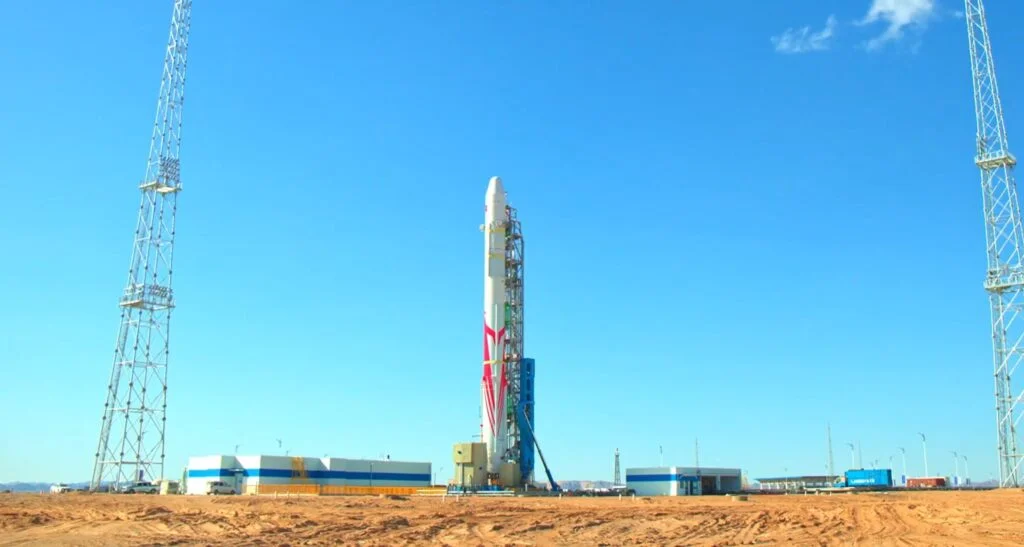A Chinese company linked to commercial rocket manufacturer Landspace has applied to the ITU for an array of 10,000 satellites. Shanghai Lanjian Hongqing Technology Company, also known as Hongqing Technology, submitted a pre-publication information (API) to the International Telecommunications Union (ITU) on May 24. The document describes plans to create a constellation called Honghu-3. In total these are 10,000 satellites in 160 orbital planes.
An API application notifies the ITU and Member States of the intention to establish a satellite network or system. Others may then examine the proposed satellite network to evaluate any possible interference with existing or planned satellite systems.
The Honghu constellation plan appears to be the third mega-constellation of more than 10,000 satellites planned by Chinese organizations. It follows the Guowang National Plan and the Shanghai-backed G60 Starlink proposal, both approved by China’s National Development and Reform Commission (NDRC). The first group of satellites from this pair is expected to be launched in the coming months.
This development is likely to revive concerns about crowding, collisions and debris in low Earth orbit. SpaceX’s Starlink is currently its largest operational constellation, with more than 5,000 active satellites, and plans to put up to 42,000 spacecraft into orbit.
Honghu constellation background
Founded in 2017, Hongqing Technology owns a 48% stake in Beijing Landspace. The Shanghai company was initially known for developing Hall engine technology. The company is building a satellite manufacturing facility in Wuxi, Jiangsu Province, not far from Shanghai. At the time of publication, the source of funding for Hongqing Technology’s plans was unclear.
The company’s Jinwu-200 (JW-200) krypton-fueled Hall effects engine was tested on the Honghu-2 satellite launched by the Landspace Zhuque-2 rocket last December. The satellite was developed in partnership with small satellite manufacturer Spacety.
Hongqing Technology is based in Shanghai’s Songjiang district and is involved in plans to develop satellite internet in the area, which is also home to G60 Starlink. G60 Starlink has filed separate applications for constellation plans.
The events are related to the action plan for the development of Shanghai’s commercial space ecosystem. It is also part of China’s national strategy to build a world-leading satellite internet system and a comprehensive space force.
Previously, China announced a national plan for the integrated space information network (SGIIN). It aims to create an integrated system combining communications, remote sensing, navigation, weather and other satellite capabilities.
Meanwhile, Landspace is developing a stainless steel reusable methane-oxygen plant called Zhuque-3. The rocket, with a diameter of 4.5 meters, will be capable of carrying 21,000 kilograms into low Earth orbit if deployed. Its first launch is planned for 2025. The company has already conducted its first vertical takeoff and vertical landing (VTVL) tests.
Landspace, like other commercial Chinese rocket startups Space Pioneer, Galactic Energy, iSpace and others, plan to launch satellites for China’s planned mega-constellations. China is currently building a commercial spaceport near Wenchang to ease the bottleneck in access to launch pads. This will be needed so China can increase its launch rate to build mega-constellations.













